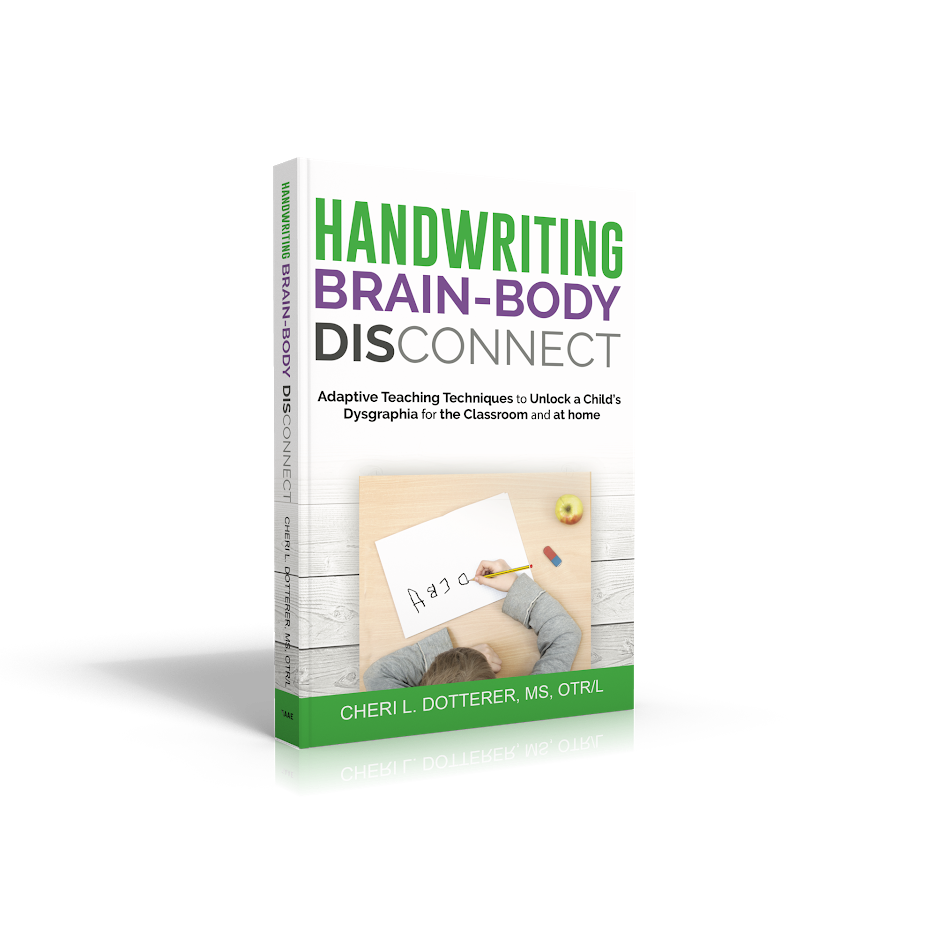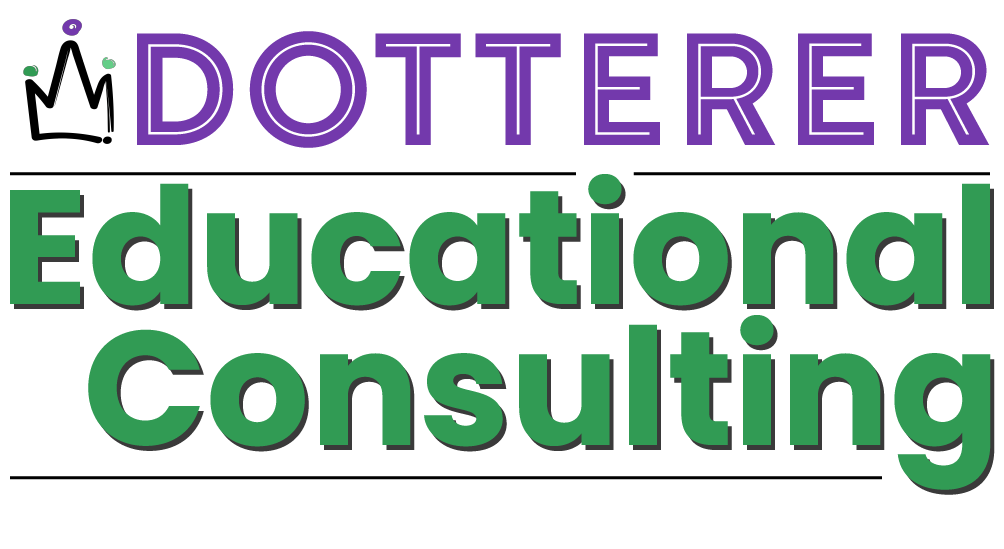Handwriting Brain Body Disconnect is a comprehensive guide to understanding and supporting students with the 18 symptoms of dysgraphia. This episode is an excerpt from a four-week study on the book. Veteran occupational therapist Teresa taught the study and hosted this episode. She explains how dysgraphia manifests and what interventions can make a difference in the classroom. The complete study is available here.

Visual-Spatial Challenges
One of the key takeaways from Teresa’s experience is the realization that dysgraphia is more than illegible handwriting. It often involves visual-spatial challenges, awkward grips, and difficulty organizing thoughts on paper. These struggles can result in slower-than-average writing speed, mixing upper and lowercase letters, and even writing outside the margins.
Emotional Concerns
However, the most striking aspect of this discussion is its emotional toll on students. Children who can’t keep up with their peers often feel anxious and discouraged, and teachers must be sensitive to these challenges. Extended time accommodations, visual aids, and collaborative efforts with special education teams can all help dysgraphic students succeed.
Intervention Types of Dysgraphia
As Teresa shares in the podcast, it’s essential to recognize that there are different intervention types of dysgraphia, each with unique challenges. The six intervention types include visual-spatial dysgraphia, motor dysgraphia, memory dysgraphia, word formation/spelling dysgraphia, sentence formation dysgraphia, and paragraph formation dysgraphia. Each segment utilizes specialized strategies to support students. Students with motor dysgraphia have co-morbid conditions such as ADHD or Autism.
Join Teresea for Virtual Perceptual Lab on October 12, 2024.

Next week, we’ll dive into how environmental factors impact learning with special guest Kirk Lunde. But for now, grab a copy of Handwriting Brain Body Disconnect, and start making a difference in your students’ lives!

